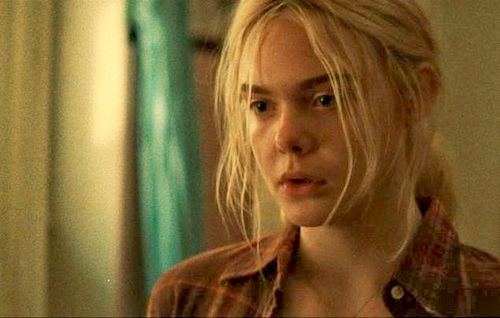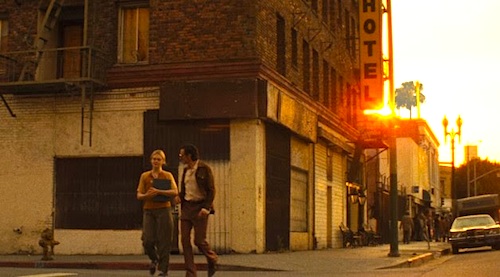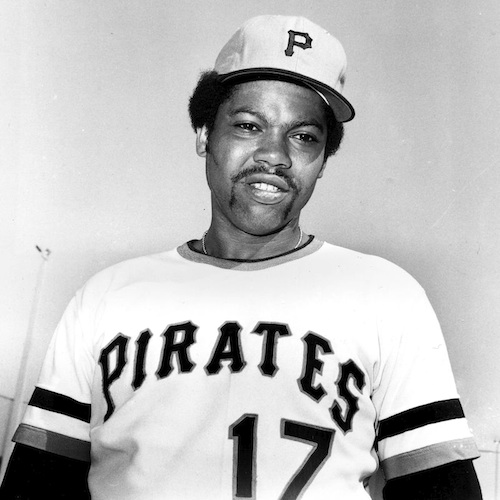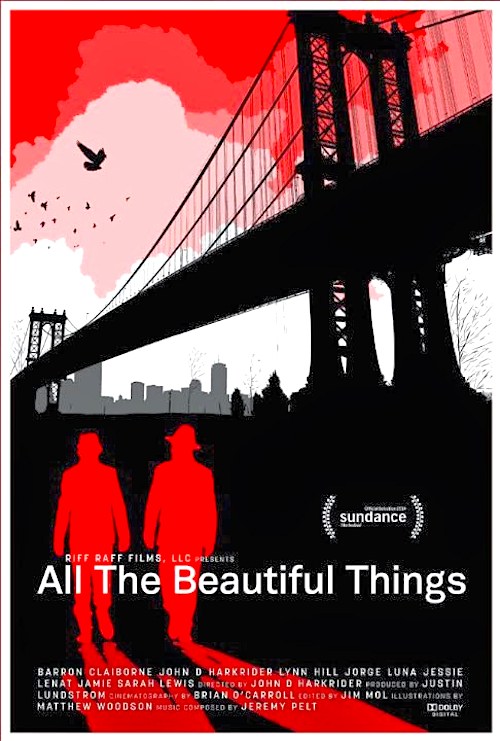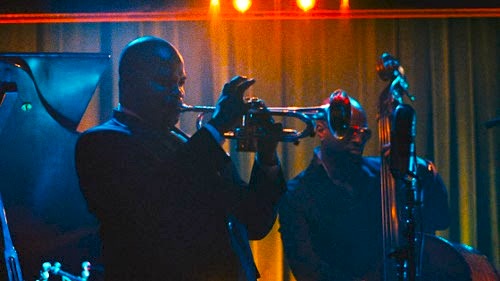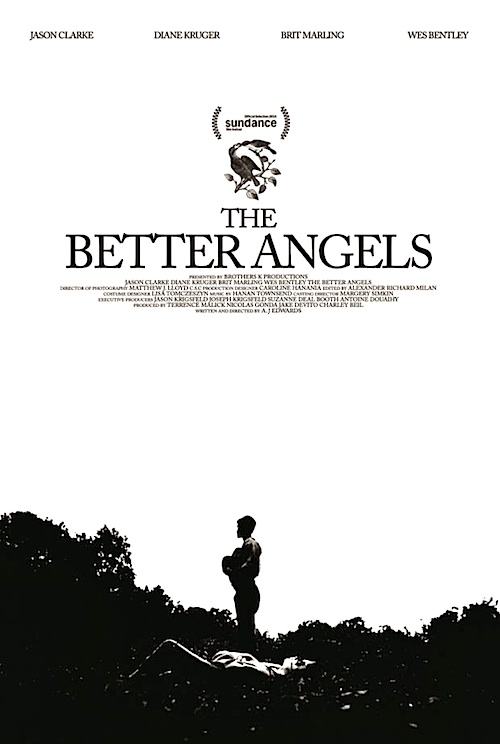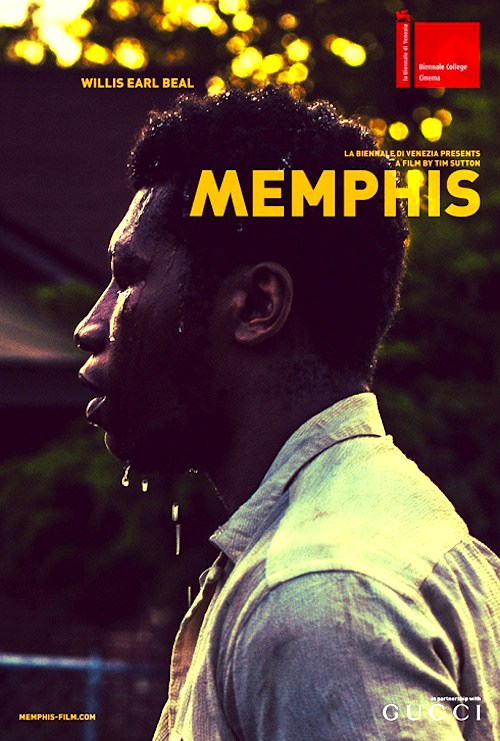By Joe Bendel. Rama’s last mission was an off-the-books frontal assault. He was one of the few survivors. This time, he will use stealth and deception. Don’t worry, he will generate the same massive body count in Gareth Huw Evans’ The Raid 2, which screens during this year’s Sundance Film Festival.
Ironically, busting his corrupt commanding officer might not be so hot for Rama’s career. It is likely to attract the wrong sort of attention. Fortunately (or not), the leader of the new anti-corruption squad papers over the whole affair, so he can recruit Rama for a deep cover operation. The honest cop and family man will spend two years in prison, where he will become the protector of Uco, the unstable son of Bangun, Jakarta’s top mob boss. His objective is not to take down Bangun, but to expose the cops in his pocket.
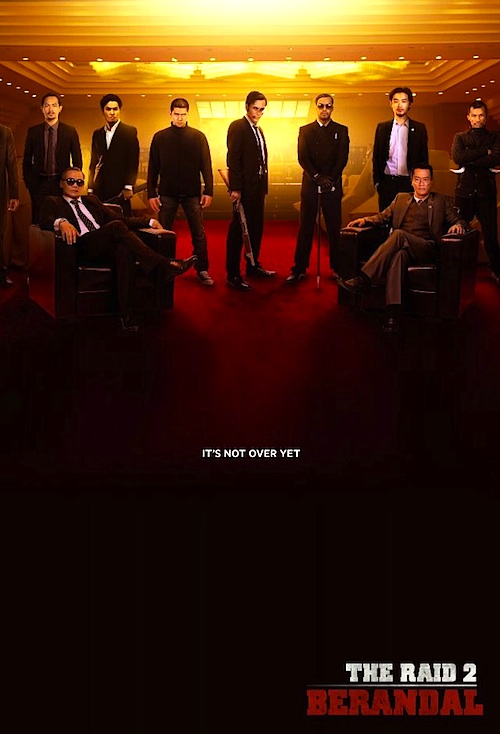 Matters get more complicated (as gangster business often does) when Uco hatches a plan to usurp his father and launch an all out war against their Japanese Yakuza allies. With chaos unleashed, Rama forms a de facto alliance with Eka, Bangun’s more rational lieutenant, played by Mr. Sundance, Oka Antara, co-lead of the Mo Brothers’ Killers.
Matters get more complicated (as gangster business often does) when Uco hatches a plan to usurp his father and launch an all out war against their Japanese Yakuza allies. With chaos unleashed, Rama forms a de facto alliance with Eka, Bangun’s more rational lieutenant, played by Mr. Sundance, Oka Antara, co-lead of the Mo Brothers’ Killers.
Raid 2 starts a bit slower than the previous film, actually devoting a minute or two to exposition, but it is soon off to the races. In addition to the mega-melees, there are several feature spots devoted to various supporting beat down artists. Yayan Ruhian, Iko Uwais’s co-action choreographer on both films, reappears in the persona of Prakoso, a loyal Bangun assassin done wrong by Uco. However, the sequel’s new fan favorite is likely to be Julie Estelle, who literally tears it up the joint as the aptly named “Hammer Girl.” Watching her go Sears Craftsman on various Yakuza is what the movies should be all about.
Once again, Uwais and Ruhian’s fight scenes are spectacularly violent and wildly cool. Close quarters combat is unquestionably their forte. While their moves are often dazzling cinematic, there is nothing superhuman in Raid 2, except perhaps its characters’ tolerance for pain.
Uwais is an earnest enough screen presence with truly ferocious action chops. Likewise, Ruhian and Estelle should be future cult stars in their own right. Arifin Putra brings plenty of entitled villainy as the recklessly ambitious Uco, while Antara and Tio Pakusodewo’s Bangun nicely hold up the Johnnie To gangster tradition.
Without question, Raid 2 maintains the franchise’s status as the reigning Cadillac of martial arts cinema. Saturated in adrenaline, it is the sort of film that inspires expressions of appreciative shock and awe from the audience. Highly recommended, it screens again this Saturday (1/25) in Salt Lake as part of this year’s Sundance Film Festival.
LFM GRADE: A
Posted on January 24th, 2014 at 5:36pm.
